|
Stobs Prisoner of War Camp
|

|
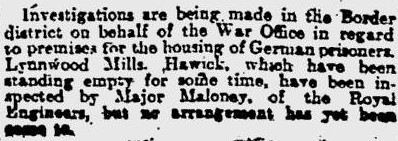
Extract from the "Glasgow Herald", 24th September, 1914
|
After having looked around Hawick, in October 1914, the authorities let it
be known that Stobs was to be used as a Prisoner of War camp and a £50,000 contract was placed for the construction
of 200 wooden huts which would house some 6,000 prisoners below Winnington Rig farm.
|
|
 |
|
|
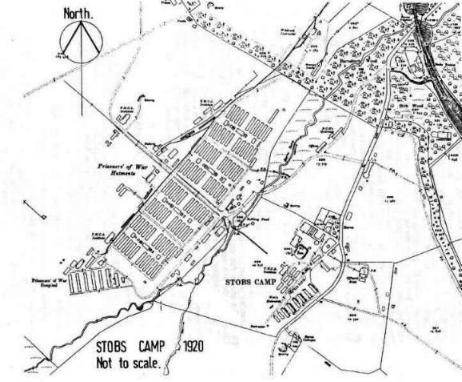
|

The above image of approx half of the POW camp was scanned from a German book;
"Flucht Zur Front: Deutsche Soldaten entrinnen der Gefangenschaft". The author was Werner von Langsdorff,
and it was published in 1939 by Verlag C. Bertelsmann in Gutersloh.
It was supplied courtesy of Mr Tony Colvin whose father trained at Stobs in 1943, serving in 2 Lincolns, 9 Brigade,
3 British Infantry Division.
|
|
|
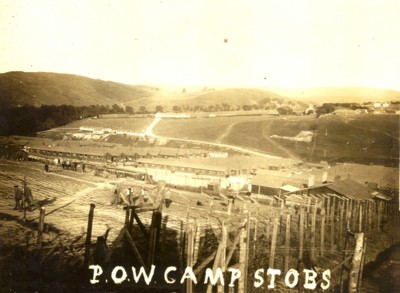 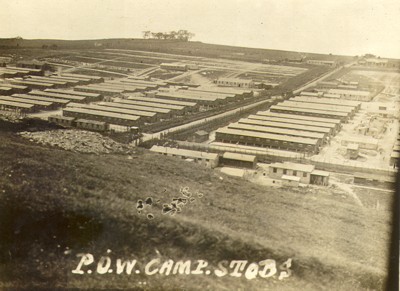
|
|
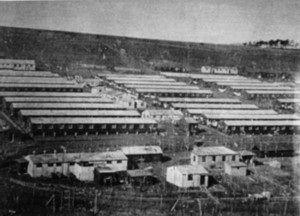
|
Steadily over the months of 1915, the number of German prisoners in the camp
increased causing the camp guard to be significantly reinforced. Civilian internees were moved to another camp
down south and by the summer there were only military prisoners at Stobs
|
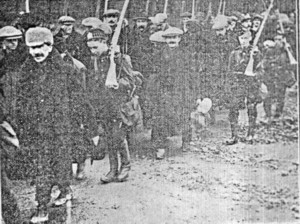 |
|
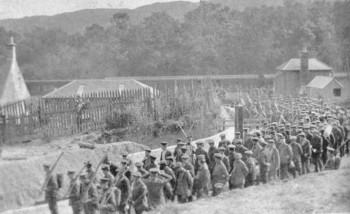 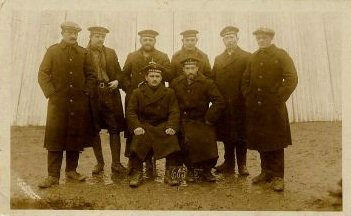
|
|
The Geneva Convention allowed for non-commissioned prisoners of war to be employed in manual
labour tasks. At Stobs, the prisoners were given building and labouring jobs which included the building of the
sewerage works which serviced the camp, part of which is still visible today. It was said to have been a very well
planned piece of plumbing, one of the best examples in Scotland at the time.
|
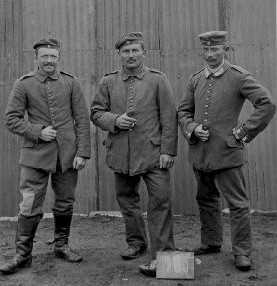
|
The men were also used on many farms, replacing the local men who had joined the army.
The Germans did not grudge this work because it got them away from the camp and they were able to have contact
with the outside world. For labouring, they were paid one penny per hour, the equivalent of 4 shillings per week.
|
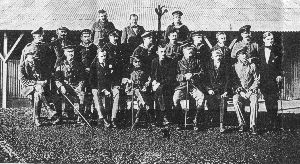 |
Prisoners who had been employed in the bakery trade before the war were given
the job of producing bread for the entire camp, a role which could bring them into conflict with some of the British
soldiers there. In May, 1916, one Scottish soldier wrote:
|
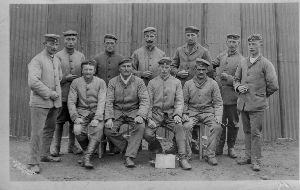 |
|
"We have five thousand German prisoners here and they
have a better time of it than us. They bake all our bread, carving an Iron Cross on it. Some of our boys don't
like it but to my taste it seems all right. We have about 15 thousand of our boys here and the bands' playing all
day make the place a bit lively."
One week later, the same soldier remarked:"It
has rained ever since we came up here, we are all fed up with the mud."
|
| |
|
|
|
A German newspaper featured information on the prison at Stobs:
"Blucher Square, a clean street sign shows you the layout as soon as you enter the camp;
round about the square live those rescued from S.M.S Blucher. Beside this is a street called Erdmannstrasse in
grateful memory of their brave commandants. Also those from foreign squadrons named the streets around their quarters,
such as Gneisenau, Graf Spee Allee, Eiserne Kreuz Strasse ( Iron Cross Street) etc. Even a Hindenburg memorial
was erected. On a well-tended bed of grass, surrounded by clean washed streets, there is a stone cairn on which
there is a small picture, protected by glass, of our celebrated marshall. That the Kaiser is to be found more than
once in the decoration of the camp goes without saying."
|
| |
|
|
|

|
 |

|

|